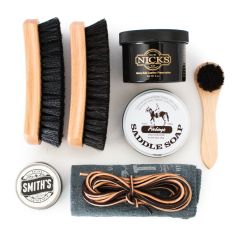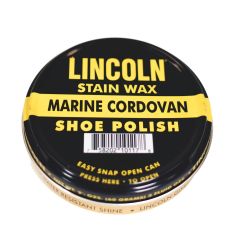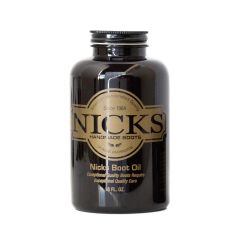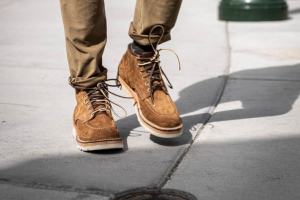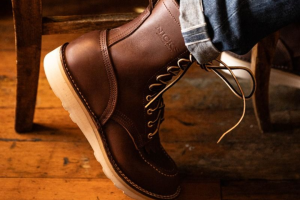How To Dry Work Boots If They Get Soaked
You're on the job site and your boots get soaked, either due to working conditions or a downpour from the heavens. What do you do?
The good news is that leather itself is fairly resilient when it comes to water damage. There isn't too much you have to do if the uppers of your leather work boots get drenched, but it's far from doing nothing.
The issue isn't so much the uppers; it's the footbed itself. If moisture or water gets into them, it has to be pulled out or mold and bacteria can start to grow...and you don't want to put your feet into a toxic petri dish.
So what do you do to dry work boots?
How To Dry Work Boots: Condition The Uppers
The good news about leather is that it doesn't need much care if it gets soaked, but does need some. It's one of the most resilient materials you can make clothing or shoes out of; with proper care, leather boots last decades.
What happens when leather gets wet is that moisture gets into the fibers and pulls all the oils and compounds out of the boot leather.
Let the uppers air dry. Turn them upside down if you want to, but they'll dry out on their own. Once the uppers of your boot have dried out, apply some boot conditioner.
Boot oil is good, boot grease is even better. What you're looking to do is get the leather to absorb the oil or grease, and coat the fibers and molecules all over again.
As far as the upper is concerned, that's all you need to do.
But like we mentioned, the real concern isn't so much the uppers. Those are easily taken care of; let them dry and condition your boots like normal. It's the footbed that has to be addressed, or else mold, mildew and other fungus can start to grow.
That can cause problems, from simple fungal infections like athlete's foot to more serious conditions like trench foot. And that's nothing you want to deal with.
How To Dry Boots: Drying Out The Footbed
The easiest thing to do is to put your boots on a boot dryer, which pretty much takes care of the interior of a wet work boot.
If you don't have one, here's what you do:
If you have inserts, take them out and set them aside. They'll need to air dry. Most inserts are a hardened closed-cell foam, so they don't take in moisture easily. However, if they are water-logged, you'll need to dry them out. The lowest setting of your dryer will work very well, if it's needed.
Then you'll need to dry out the inside of your boots.
Ball up a few pages of newspaper, and stuff the inside of your boots with it. The newspaper will absorb the water. Check the newspaper after 15 minutes or so. If it's wet or damp, take it out and stuff it with fresh newspaper again. Keep doing it until the newspaper isn't absorbing any water.
Give the inside of your boots a liberal dusting with boot powder. That will help blot up any remaining moisture inside the boot, and you can literally just dump it out.
If you have them, it's also a good idea to cedar shoe trees in your boots to soak up any remaining moisture. They also help preserve the shape of the toe box, and it also helps that raw cedar is mildly antimicrobial.
The important thing is to draw out any moisture in the footbed. If you don't, it can lead to rot as well as bacterial or fungal growth, which is the absolute last thing you want to happen.
Take care of your boots, and they will take care of you.
